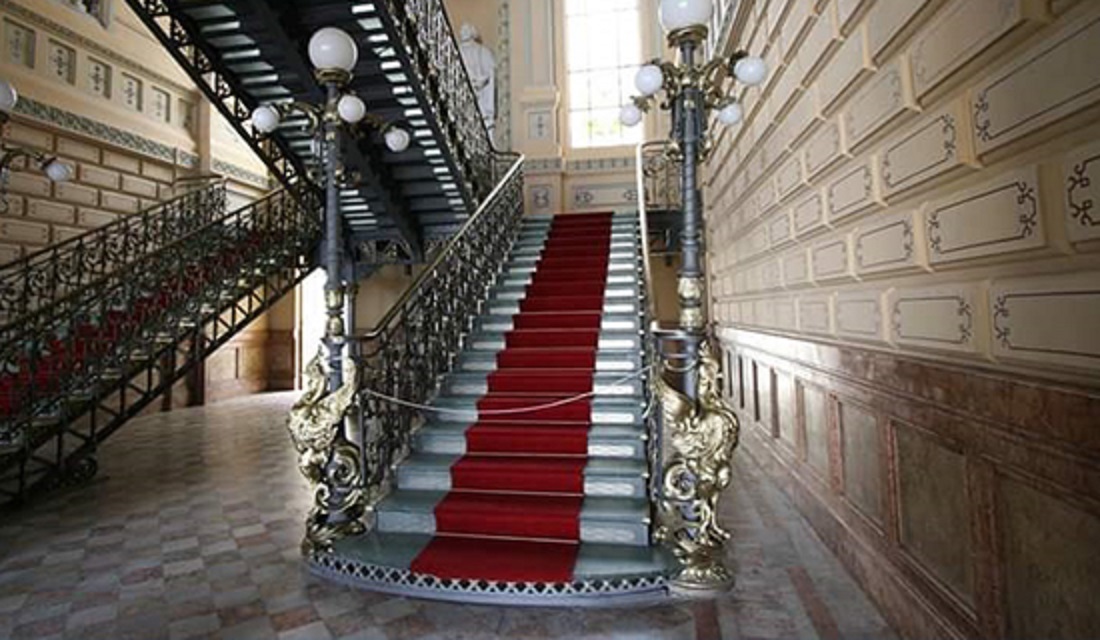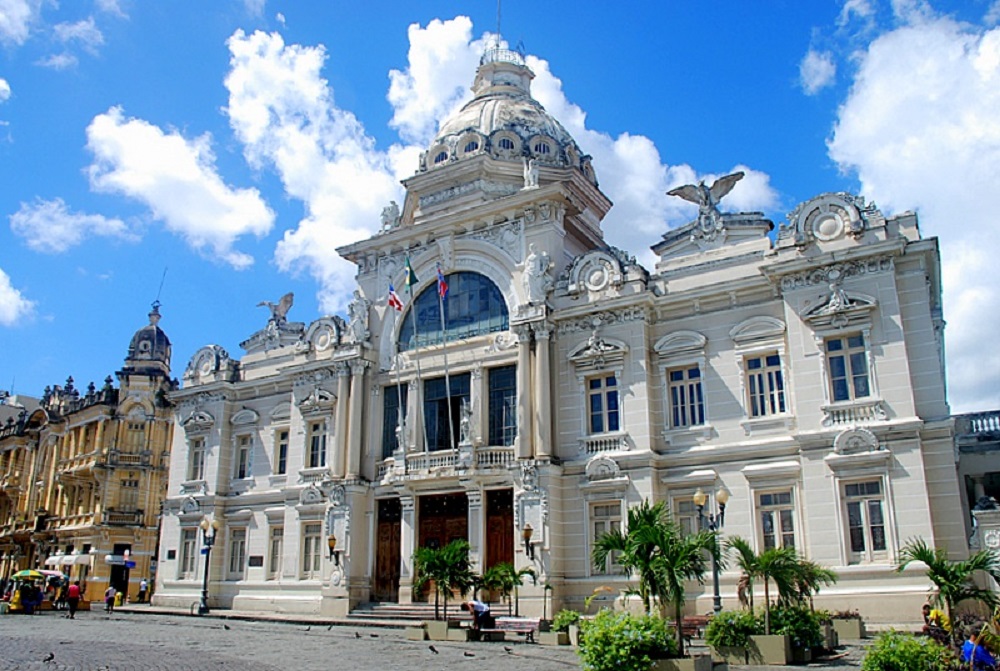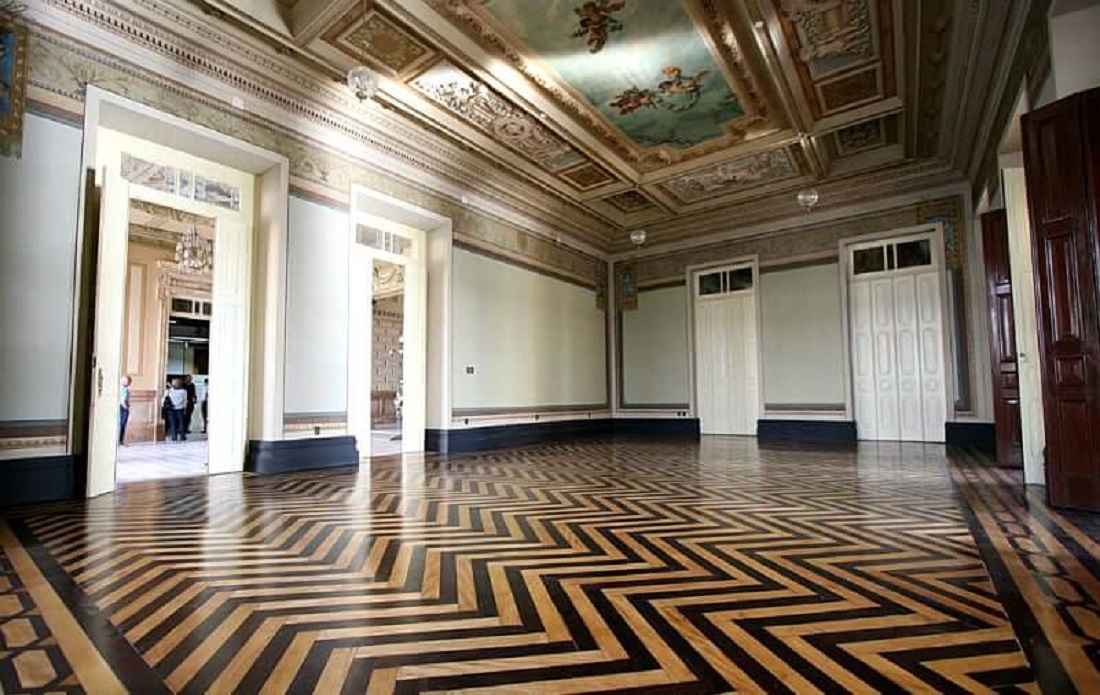RIO DE JANEIRO, BRAZIL – It was built in 1549 as a wattle and daub house, where Tomé de Souza, the first governor-general of the colony, would live and work. In 1808, he hosted King João VI for 34 days after he had landed in the port of Salvador fleeing Napoleon’s troops.
In 1837, it was the headquarters of the ephemeral Bahian Republic, proclaimed in Salvador after the Sabinada uprising. In 1912, it was targeted by cannon fire from the fort of São Marcelo in order to remove Governor Aurélio Viana.

One of the most emblematic buildings in the historic center of Salvador and the first government headquarters built in Brazil, the Rio Branco Palace is on its way to becoming a hotel.
The governor of Bahia, Rui Costa (PT), approved a Proposal of Expression of Interest of the Portuguese group Vila Galé to develop feasibility studies to convert the palace into a hotel.
The contract model is still being designed, but the government will demand that the palace structure be restored and the Governors’ Memorial be maintained. The study also provides for the hotel group to erect up to three new buildings around the historic building.
“The Rio Branco Palace is a building that is part of the history of Brazil, but it is underused. We understand that it is better to grant this heritage to the private sector than to let it collapse,” says Bahia’s Secretary of Tourism, Fausto Franco.
For him, the new venture could help drive the restoration and economic recovery of the historic center area of Salvador. Currently, the building houses the Bahia Culture Secretariat and serves as a space for public or private events.
The history of the Rio Branco Palace dates back to 1549 when Governor-General Tomé de Souza landed at the site where the city of Salvador would be erected, designed to be the administrative headquarters of Portuguese America.

The Governors’ House was one of the first buildings in the new city, built in wattle and daub that would serve as the governor general’s address and the government’s administrative headquarters.
Since then, three other constructions have been built on the site. In 1663, the wattle and daub house became a building of stone and lime, taking on the appearance of a palace. It remained that way until the end of the 19th century when it was again refurbished and adopted a neoclassical style architecture.
The palace was rebuilt again between 1912 and 1919, after having been partially destroyed and set on fire after a bombing. Reopened a hundred years ago, it was renamed the Rio Branco Palace.
Until 1972, the palace was the official seat of Bahia’s government. It was the first of Brazil’s three branches and today it shares the space on a plaza with the City Council, the mayoralty and the Lacerda Elevator.
As it has no more traces of its original architecture, nor is it listed as a landmark by IPHAN (“National Historical and Artistic Heritage Institute”), but specialists attest to its symbolic significance and its historical importance.
In addition to housing the Governors’ Memorial, the palace features such areas as the Pompeana Room, with 19th and 20th-century frescoes, and the Mirror Room, in rococo style.
The Brazilian Institute of Architects (IAB), Bahia section, has been calling for the palace to be reclassified since 2015 and defends its use as a shelter for public bodies or cultural equipment. “It is a building that, although undergoing modifications, is as old as Salvador. It is part of the city’s first core,” says Solange Araújo, president of IAB Bahia.
In an open letter, Mário Mendonça de Oliveira, an architect and professor at the Federal University of Bahia, described the possible installation of a hotel in the palace as an affront to the dignity of the Salvador local population.
“The square where the City of Salvador was born […] cannot have its functionalities entirely subverted in order to meet mere commercial desires,” says the professor, to whom the palace has transcendental and symbolic value.
The installation of a new hotel should take place amid changes in the tourist sector in Salvador, which in recent years has seen such iconic hotels as the Othon and the Pestana close their doors, while new developments emerge in the historic town center, such as the Hotel Fasano and the Fera Palace Hotel.
Some of the sector point to an excess of beds in the Bahian capital: there are 404 hotels and about 40 thousand rooms, with an average occupancy rate of 62 percent in 2018.
Suggestions of other uses for the palace came from the political milieu. The municipal secretary of Tourism, Claudio Tinoco, proposed that it house city hall. City councilors advocated the establishment of museums on themes such as Capoeira and the Independence of Bahia.
State Secretary Fausto Franco, however, is skeptical about proposals that require public investment and claims that the state is unable to invest its own resources in the palace.
“The problem is to know who is financing it. If Itaú or Bradesco want to submit a museum project, great, let’s analyze it. But so far, the only proposal we have is for a hotel,” he says.

In addition to the Rio Branco Palace, other buildings in the historic center belonging to the government of Bahia should be ceded to the private sector. The next target is the Sports Palace, built in 1806.
Set in Castro Alves square, the building carries historical weight: it housed the São João Theater, where Bahians crowded together to watch musical performances and even conferences by jurist Rui Barbosa.
And, like the Rio Branco Palace, it was also the target of cannonballs in 1912.

